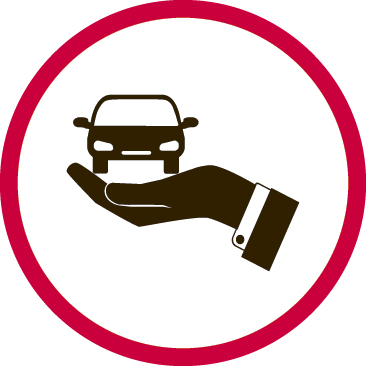The prices of the third party car insurances were extremely different few months ago on the local market. In May 2014, Capital published an article regarding this issue, using data provided by the insurance companies. We have repeated the experiment this week, for the same type of vehicle. Without alleging this example captures the exact trend of the market, we can’t help noticing that, four months later, the differences flattened.
In May, the cheapest insurance was sold by Astra and cost 419 RON, while the most expensive came from Uniqa – 972 RON (553 RON or 130% more). So more than double. In September, Astra was again the cheapest, with 498 RON, while the most expensive insurance was offered by Asirom – 865 RON, so 367 RON or 73% more.
ASF applied the screw
What happened meanwhile? Three insurers –Astra, Euroins and Carpatica- were charging significantly less than the rest of the competitors, so they were accused of dumping. Their critics said the three companies were attracting numerous clients, but weren’t able to cover all the reimbursement requests. Astra was placed under special administration, Euroins was banned in 2013 for a month from issuing third party insurances, while Carpatica was the subject of a National Anticorruption Department (DNA) criminal investigation. According to a Financial Supervisory Authority (ASF) report, Astra underestimated its damages by 40%, while Carpatica was, according to the DNA indictment, only 40% covered through reinsurance agreements.
ASF made law changes that forced the companies to comply with the solvability and liquidity requirements. In other words, the insurers were constrained to have money reserves in order to avoid unpleasant surprises. Consequently, the cheaper companies raised their prices, while some of those with high prices shrank them in order to attract more customers.
The damage ratio arrived to 99%
Romanians got used to ask for damages in case of injuries resulting from car crashes and this is why the damage ratio is going up. This is another reason for the companies to raise prices, in an attempt to absorb as many funds as possible and to increase the compensation reserves. “The approved compensation reserve was of 1.44 billion RON on 30 June 2014 (+15% as compared to 30 June 2013), while the non-approved compensation reserve grew by 19% as compared to 30 June 2013, up to 902 million RON. Thereby, the global damage ratio arrived to 99% (as compared to 82% on 30 June 2013)”, according to an ASF press communiqué. The average compensation paid for the third party insurances was 6,894 RON in the first half of this year, going up by 16% from 5,933 RON in the first half of 2013, while the amount of the compensation was one billion RON (+5%).
The average compensation in case of material damages was 5,151 RON in the first half of this year, while the average compensation paid for injury or death cases was 64,225 RON. According to ASF most recent data, in the first half of 2014 the average annual price for third party vehicle insurance was of 488 RON (+0.8% as compared to the same period last year). But it’s possible the average price is going up in the second half of the year due to the raises that already took place.
Carpatica: “The prices went up by 12.8% on average”
“During our operations and after using processes and products evaluations, we noticed some aspects that called upon changes in both the prices and the products themselves. In case of the third party vehicle insurances, the market prices allowed for adjusting the prices”, explained for Capital Viorica Milea, Carpatica Marketing Director. “The objective of these adjustments was to make the product profitable and, implicitly, to make the activity efficient. Additionally, this decision will have a future impact on redressing company’s financial balance and solvability. Specifically, between May and September the prices raised on average by 12.8%; depending on various characteristics (age, region, type of vehicle etc.) the price raise was between 0% and 100%. The biggest increments took place for individuals under 30 years old, while for the legal entities a substantial raise happened in case of over 16 tones vehicles”, Milea revealed.





